
Planned Group Activities
Culture Trips
Medical Tourism
LOHAS
DIY Experiences
Frame Experiencing
Experiencing Aboriginal Life
Enlightening Trips
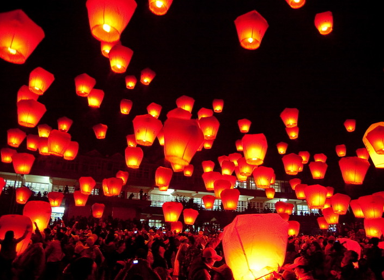
Undeniably, the Greater Taipei area has the highest population and greatest concentration of exhibition and performance spaces, art galleries, museums, cultural cafes, and gathering holes scattered about. The skyscraper skyline never overshadows the attraction of historical sites such as Dadaocheng, Dashee, Jiufen, Pingshee, and Neiwan, among many other places that emit feelings of nostalgia. Another township that cannot be missed is Yingge, the capital of Taiwan’s pottery and porcelain industry. Temples, especially the Taipei Baoan Temple built in 1742, and religious festivities and performances are also must-see sights.
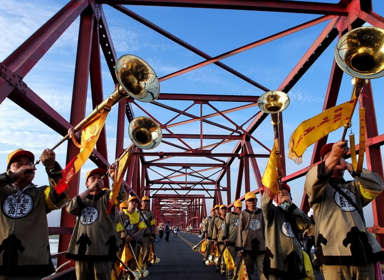
Taichung is the largest cosmopolitan city in central Taiwan. Besides exhibition and performance spaces, the bohemian Tunghai International Art Street near Tunghai University is an alternative attraction. Traditional religious activities away from the city center are also popular events. Most noticeable is what happens in Tachia during March of the lunar calendar. Chen Lan Temple‘s icon of the goddess Mazu is taken on a tour around the area‘s townships for nine days and eight nights. This parade attracts hundreds of thousands of worshipers who follow along the route. Lukang, historically one of Taiwan‘s most important ports, also has many ancient and traditional art attractions.
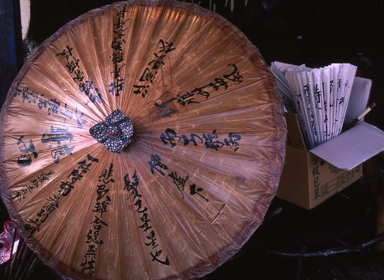
Southern Taiwan, the cradle of Taiwan’s export processing zone, houses most of the country‘s heavy industries, petrochemical industries, and other high value industries. Being the largest cosmopolitan city for the south, Kaohsiung is abundant with artistic exhibitions and creative activities. The Pier-2 Art Center and the Dadong Art Center are key venues for artistic performances. The city of Tainan is the oldest in Taiwan, of which historical relics have long been integrated into day-to-day life. Renovated old buildings serve new purposes and are lustrous and eye-catching. Meinong, a rustic Hakka township, enjoys a long history of paper umbrella making. Many buildings and cuisine reflect its preserved Hakka culture.
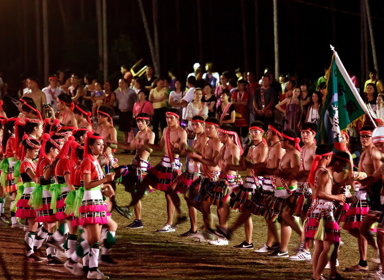
Eastern Taiwan is the place where pre-historical relics are found, a fact showing its long history of inhabitation. The Pine Garden, Chi-An Chinghsiu Temple, and Tourist Sugar Factory in Hualien are all historical establishments built during the Japanese occupation. Among them, the Tourist Sugar Factory provides Japanese-style accommodation. The Amei tribe in Taitung celebrates their harvest in July or August of each year. Other aboriginal tribes have varying cultural activities during different seasons.
Taiwan is located at the Pacific center of Asia. As a whole, the medical system is well established and offers significantly less expensive treatments than those in the West. As a result, many visitors to Taiwan take advantage of their time here to seek medical treatment, especially for cosmetic surgery and complete physical examinations. With advanced technical skills and sophisticated medical equipment, visitors can expect satisfaction within limited time and budget.
Foreign enterprises coming to Taiwan for meetings or incentive travel can add value to their scheme by adding medical treatments to the schedule. Advanced physical examinations, beauty-boosting cuisine, and minor facelift surgeries could ensure that visitors will return home with more confidence.

Bicycling as an exercise is getting more and more popular. It serves not only the purpose of carbon emission reduction but also getting immersed in local cultures. In greater Taipei area, the bicycle trail along river bank from Bitan to Tanshui is the one most traveled. Another route going to Yanmingshan instead leads to mountain scenery, which is beautiful all year round. Further ahead, hot springs in Beitou or Jinshan are other attractions. Turning to another direction, near the Taipei Zoo one can find Maokong Gondola that lifts visitors up to Maokong, a perfect destination to appreciate a cup of nice tea. Outside greater Taipei area, there are numerous leisure farm resorts no less attractive to experience farming activities.

Top on the list for recommendation is Sun Moon Lake, which for the past hundred years has been enjoying the fame of being one of the eight wonders in Taiwan. High up in the mountain, and also noted for its ecology, it is one of the hottest tourist spots. A bicycle trail around the lake delivers a different perspective, instead of taking a ferry or gondola, to appreciate its beauty. Added to its fame is CNN’s ranking it as one of the most beautiful top ten bicycle trails in the world. Shuili Snake Kiln Ceramics Cultural Park, not far from the lake, offers the joy of self-made potteries. In this part of the country, meals featuring taro in Tachia, or flowers and water bamboo shoots in Puli nourish the pleasure of the visit.

Alishan, located in southern Taiwan, and famous for its sunrise, sunset, sea of clouds, evening glow, forest and mountain railroad, is a spot ideal for activities such as roaming and tea sipping. Kuantzuling and Shichungshi at the southern tip of the mountain are places visitors go for hot springs, especially those in Kuantzuling feature minerals in the water, which is good for pressure relieving and skin care. With a climate of dry in summer and rainy in winter, Kenting in Pingtung is the mecca for water sports in Taiwan. Another choice is the off-shore island--- Hsiaoliuchiu, where snorkeling or scuba diving are the attractions.

Most of hot springs in eastern Taiwan are found in Yilan County. Chiaoshi and Suao are two spring townships. Suao features cold springs, which are rare in existence. Taiwan and Italy are the only two countries in the world that cold springs are found. Mountain climbing is widely seen in this mountainous part of the country. Taipinshan in Yilan, Taroko National Park in Hualien, and the Dawu Mountains in Taitung are choices to go. Besides, rafting in the Hsiukuluan River, visiting townships situated in a valley such as Luoshan and Chihshang where quality rice are gown to get to know the bucolic lifestyle farmers there live are also quite experiences.
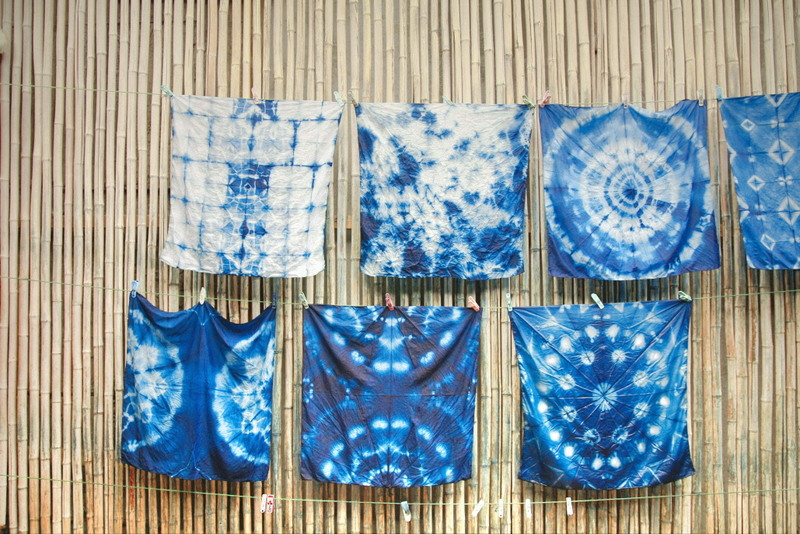
Indigo dye is natural and produces outstanding results. The use of indigo for dye is a traditional art in Taiwan. The process of soaking, wringing, twisting, and air-drying results in a unique one-of-a-kind design.
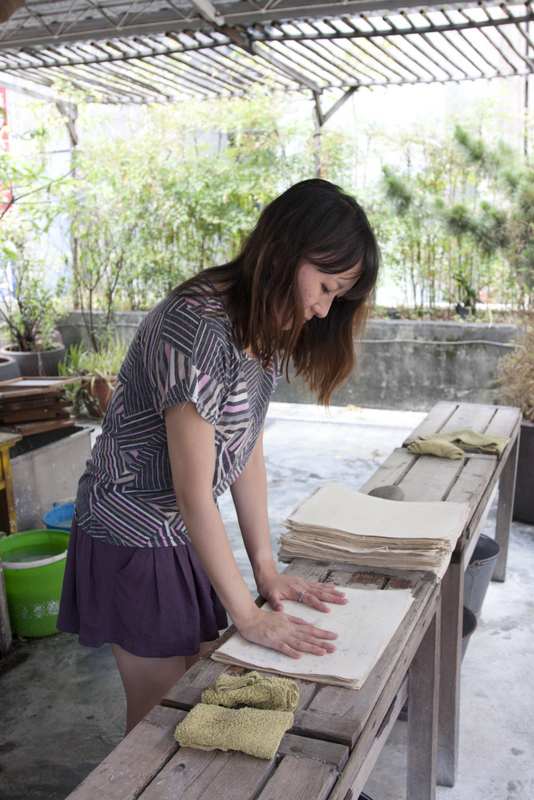
Paper making, paper umbrella making, and handmade books open the mind to other aspects of creation, such as differentiating fibers, texture, extensibility, folding endurance, and water absorption.
Taiwan is especially renowned for its snack foods. DIY practices are available in the making of dumplings, pineapple cakes, Hakka pounded tea, sticky rice cakes, and many other delicacies. Afterwards, eating your own concoction must surely add to the flavor!
Pottery kilns fire up regularly in Taoyuan, Yinge, Meinong, and many other Taiwan locations, where visitors can form their own pottery and mosaic tiles. What better way is there to gain hands-on experience with Taiwan’s traditional crafts?
Stringing beads, weaving, knitting, soap making, and glassware making are all popular craft choices. Under the instructor’s guidance, participants will get to explore their skills and creativity.
From winter to the following spring, strawberries are ripe for picking in the rural township of Dahu in Miaoli. The strawberry fields there are well nurtured, yielding ruby-like fruit with a tantalizing appearance and taste. Strawberry-based cuisine and wines offered by local producers can make a field trip even more enjoyable.
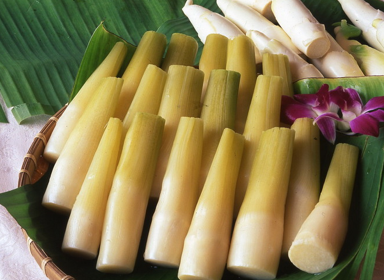
Water bamboo shoots have a white and slender appearance, therefore they are dubbed “beauty’s legs”. Sanzhi in New Taipei City and Puli of Nantou are two townships famous for their produce. During their season, the shoots are usually featured in restaurant dishes.
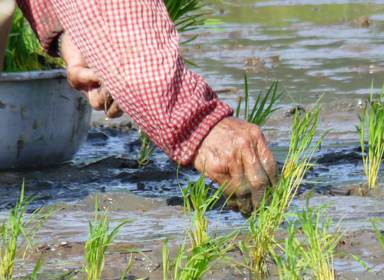
Early spring is the season for rice planting. A visit to witness and participate in the farm task could make any trip unforgettable. Experiece a true sense of being a part of the Earth with both hands and feet soaked in a rice paddy!
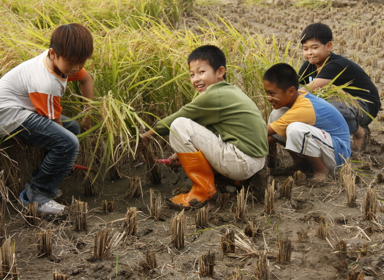
Summer is rice harvesting season. Tall rice stalks golden in color come down section by section as participants swing away with a sickle in hand. At reaping time, a series of rice harvesting-related celebrations occur. While some prefer to eat the end product, others enjoy using the straw by-product for crafts.
There are 14 aboriginal tribes in Taiwan, each with its own unique culture, traditions, and some with their own language. Guided tours can introduce their folklore, culture, and festivities.
Greenery and ecology are main concerns of aboriginal people’s daily life. Near each tribe there are certain areas that are preserved and well-maintained to prevent the spot from falling victim to development. A visit to such a site can be very refreshing for urbanites.
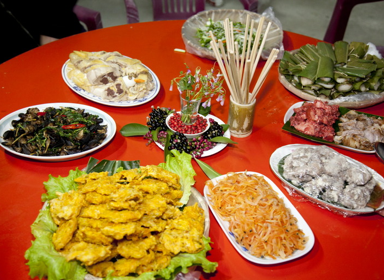
Hunting and gathering were important aspects of aboriginal life. Collecting materials for implements, bonfire cooking, and the serving of millet wine are some features a trip to an aboriginal village may include.
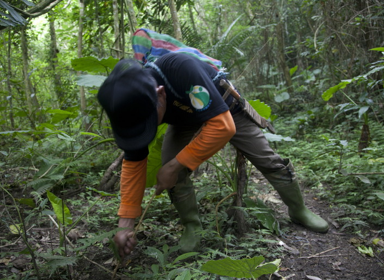
An aboriginal‘s life can be full of activity. Bamboo arrows and bows can transform visiting participants into honorary aboriginal hunters, while pit trapping and swing making add to the occasion.
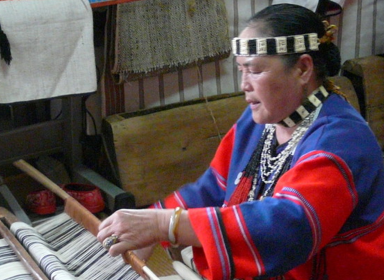
Bright colors and totems are widely seen in aboriginal crafts. Observe as native artists weave and knit, creating souvenirs and colorful headdresses made of bamboo, cloth, and ornaments.
There are plenty of museums, art galleries, memorials, and information pavilions in Taiwan. A visit to such places helps with an overall understanding of Chinese culture, and Taiwanese culture in particular. Ranked seventh in the world and the only Asian museum on the list, the National Palace Museum‘s collections, matched with cultural lectures delivered on a regular basis, make a visit worthwhile.
Taiwan is noted for its service industry. Other technology-oriented sectors, such as medical science and IT, also enjoy a good reputation on the international stage. Enterprises that come to Taiwan for meetings or incentive travel can let their employees attend available courses and interact with business people related industries. Events of this nature can help broaden employee perspectives.
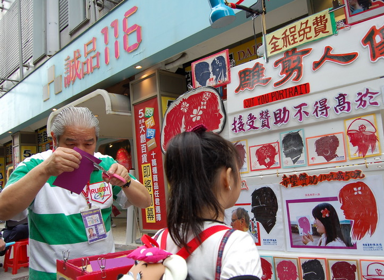
Performance centers are abundant in Taiwan. Concerts and art exhibitions are a constant feature. In Taipei, designated areas are set aside for street artists whose musical instruments, magic acts, sketch drawings, dough figurines making, and whatever creativity they perform all serve the purpose of bringing Taipei’s street corners alive.
